Search
Remove Ads
Advertisement
Summary 
Loading AI-generated summary based on World History Encyclopedia articles ...
Search Results
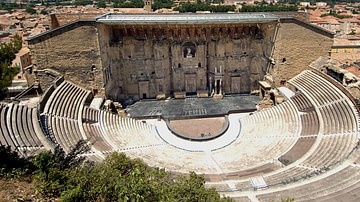
Article
The Roman Theatre of Orange
The Roman theatre of ancient Arausio (modern day Orange in southern France) is one of the best-preserved examples from antiquity. Built in the 1st century CE, it once had capacity for 9,000 spectators and is dominated by its massive stage...
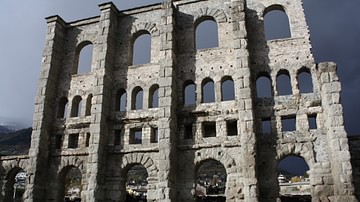
Image
Roman Theatre Façade, Aosta
The 22 m high façade (scaena) of the Roman theatre at Aosta in northern Italy. The theatre was constructed in the 1st century CE and further extended in the 3rd century CE. The theatre had a capacity of 3-4,000 spectators.
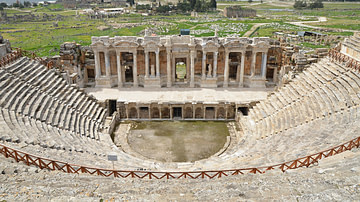
Image
Roman Theatre of Hierapolis
The Roman theatre of Hierapolis in Phrygia (Turkey) was built in the 2nd century CE under Emperor Hadrian on the ruins of an earlier theatre following a devastating earthquake in 60 CE. It was later renovated under Septimius Severus (193-211...
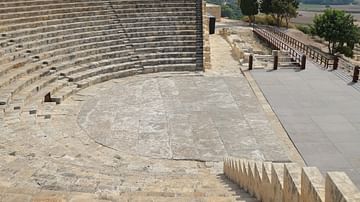
Image
Roman Theatre in Kourion, Cyprus
The Roman theatre of Kourion in Cyprus was built over an earlier Hellenistic theatre. It was remodelled in the 1st and 2nd centuries and in the 3rd century, it was used as an arena for gladiatorial combats.

Image
Roman Theatre, Orange
The 1st century CE Roman theatre of Arausio (Orange, France) which once had a capacity of around 9,000 seats.
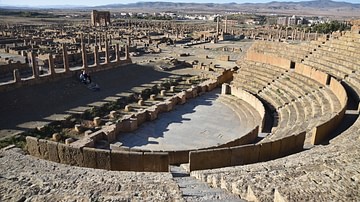
Image
Roman Theatre of Timgad
The Roman theatre of Thamugadi (modern-day Timgad in Algeria) was cut into the side of a small hill south of the forum. It was designed to hold up to 4,000 spectators. A dedication dates the building to the reigns of Marcus Aurelius and Lucius...
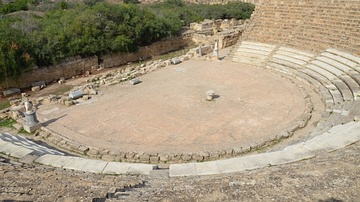
Image
Roman Theatre of Salamis, Cyprus
The Roman theatre of Salamis in Cyprus was built during the reign of Augustus (beginning of 1st century CE) and completed during the years of Trajan and Hadrian (beginning of 2nd century CE). It originally had 50 rows of seats (just 18 remain...
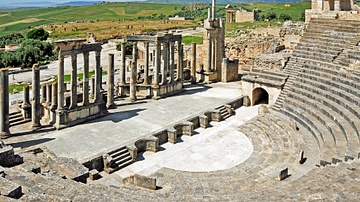
Image
Roman Theatre, Thugga
The Roman theatre at Thugga (Dougga) in modern Tunisia, c. 168 CE.
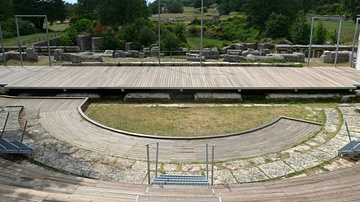
Image
Roman Theatre of Carsulae, Italy
The Roman Theatre at Carsulae (Italy) was built entirely above ground level. It rested on a solid concrete fill with the upper cavea built on a structure of 15 wedge-shaped barrel-vaulted chambers. It has been partially reconstructed.
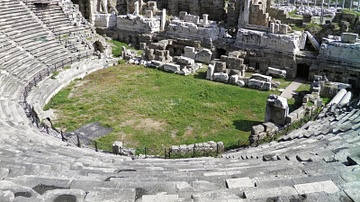
Image
Roman Theatre, Side
The Roman Theatre at Side (Turkey) was built in the 2nd century, c. 175 CE. The theatre is the most complete ruin at Side which is the largest in the Roman style in the region. It could seat around 15,000 people.